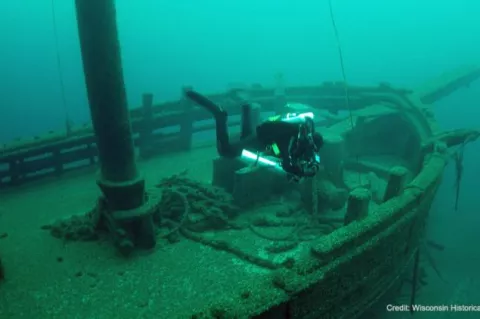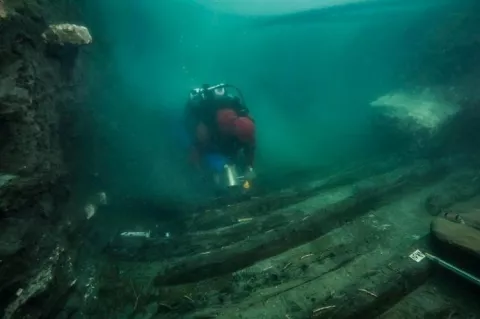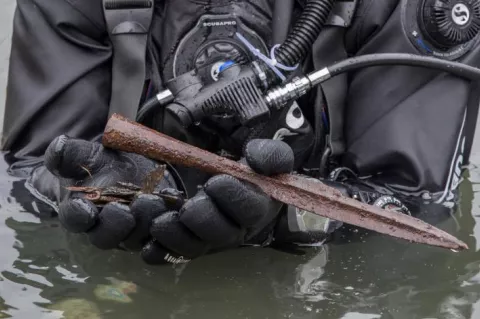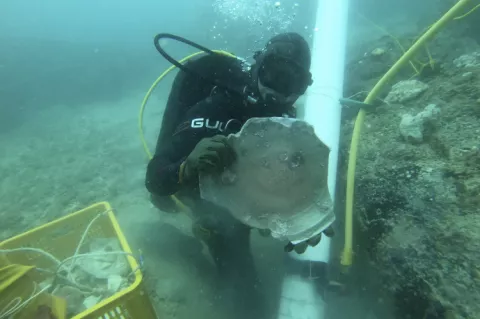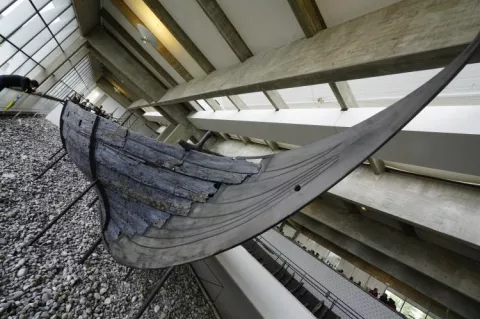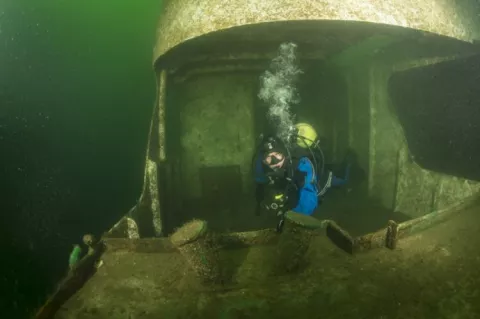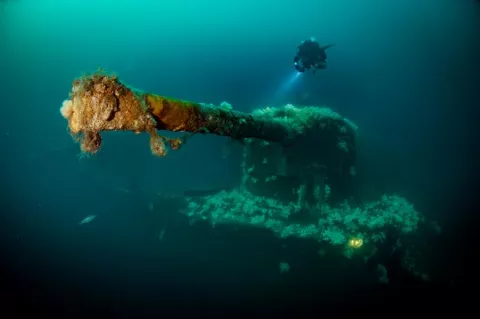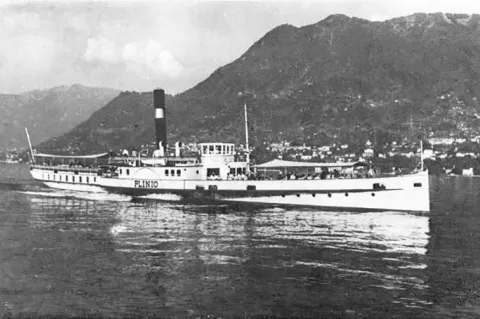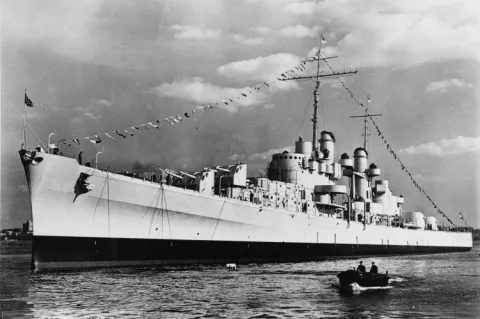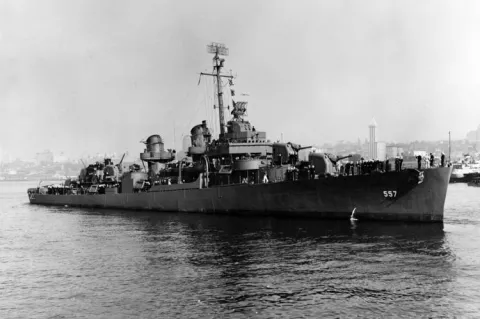New Wisconsin Shipwreck Coast National Marine Sanctuary established by NOAA
At the time of its designation in 2021, the sanctuary included 36 known shipwrecks dating from the 1830s to the 1930s, including Wisconsin's two oldest known shipwrecks, the schooners Gallinipper, which was constructed in 1833 and sank in 1851, and Home, which was built in 1843 and sank in 1858.

